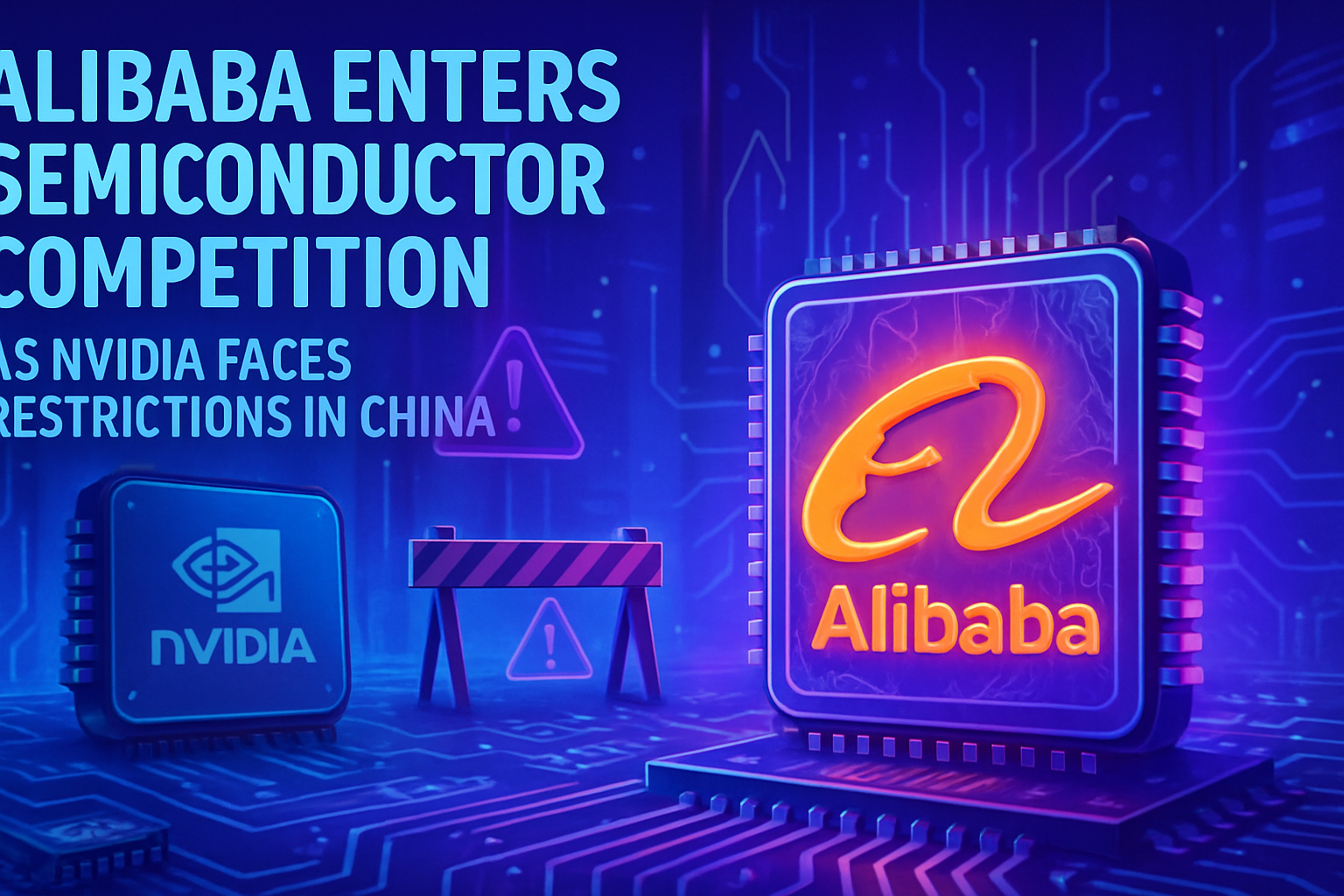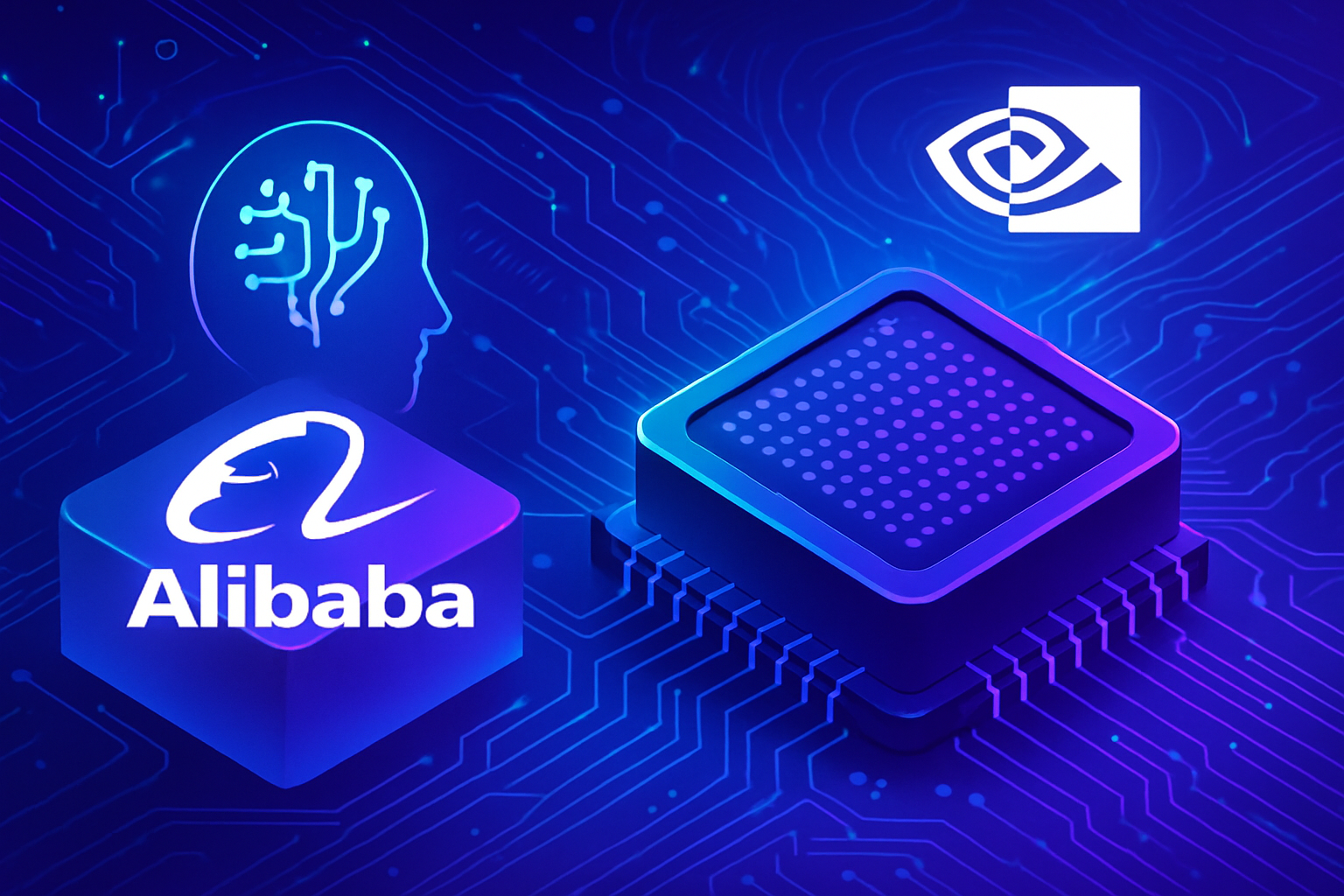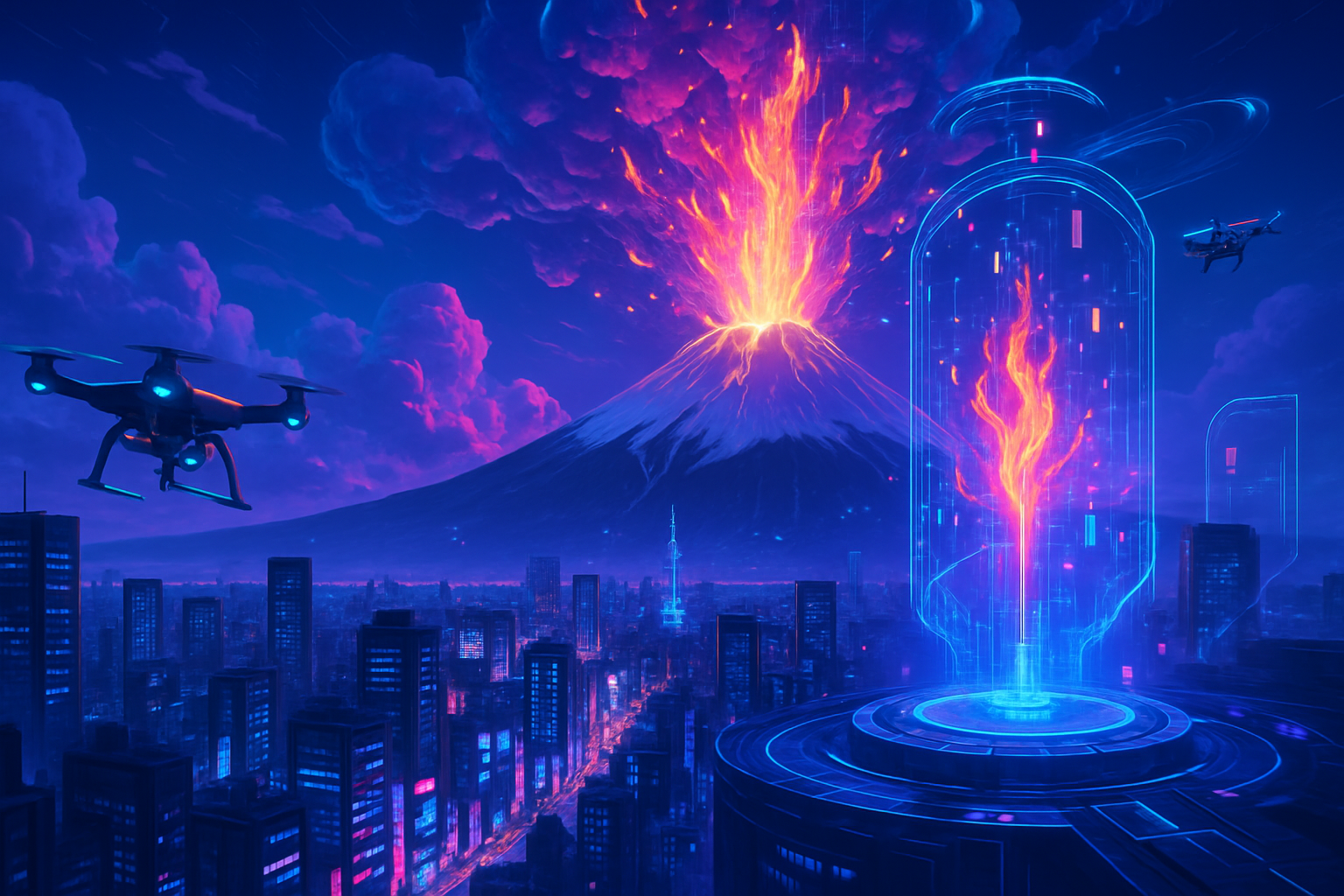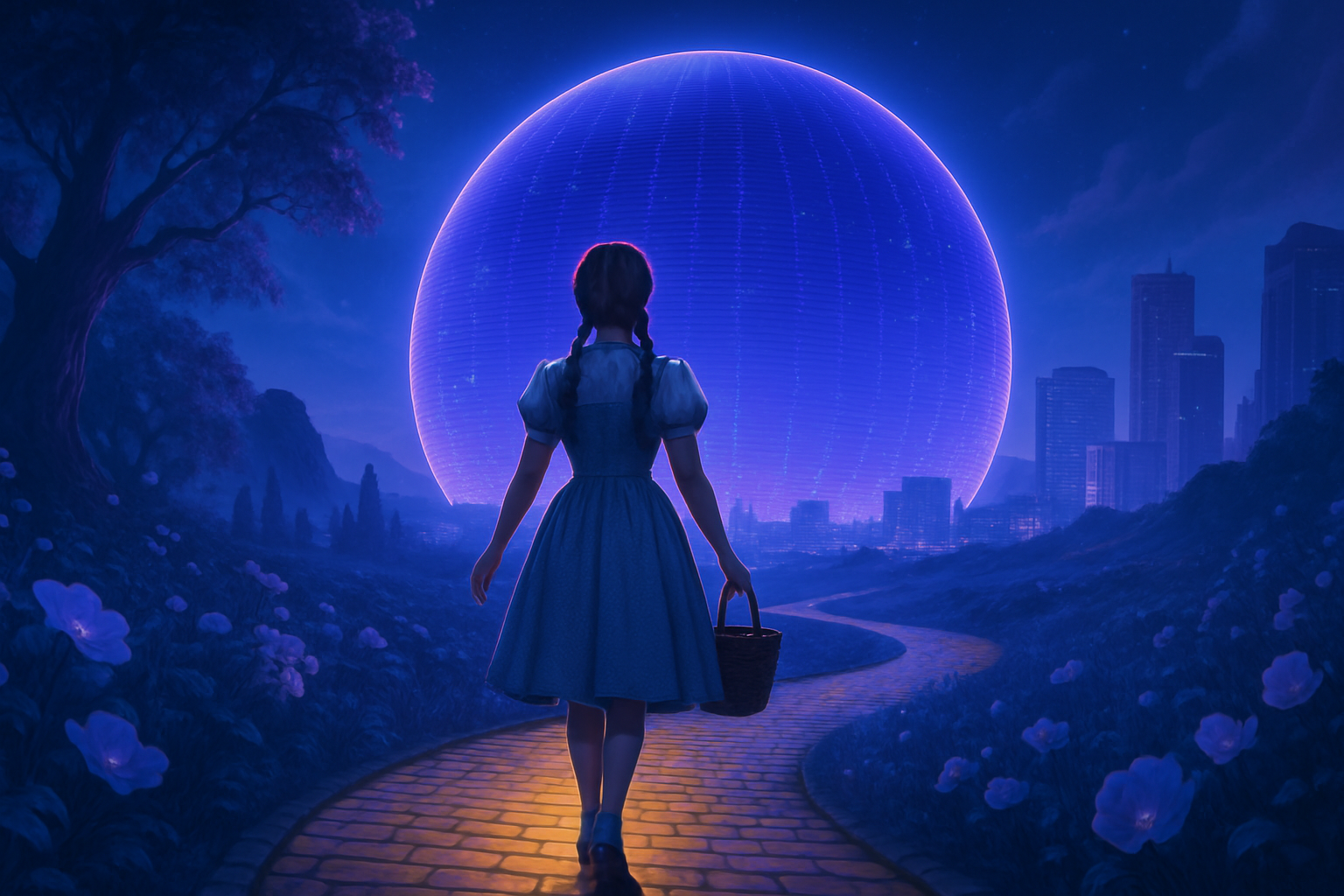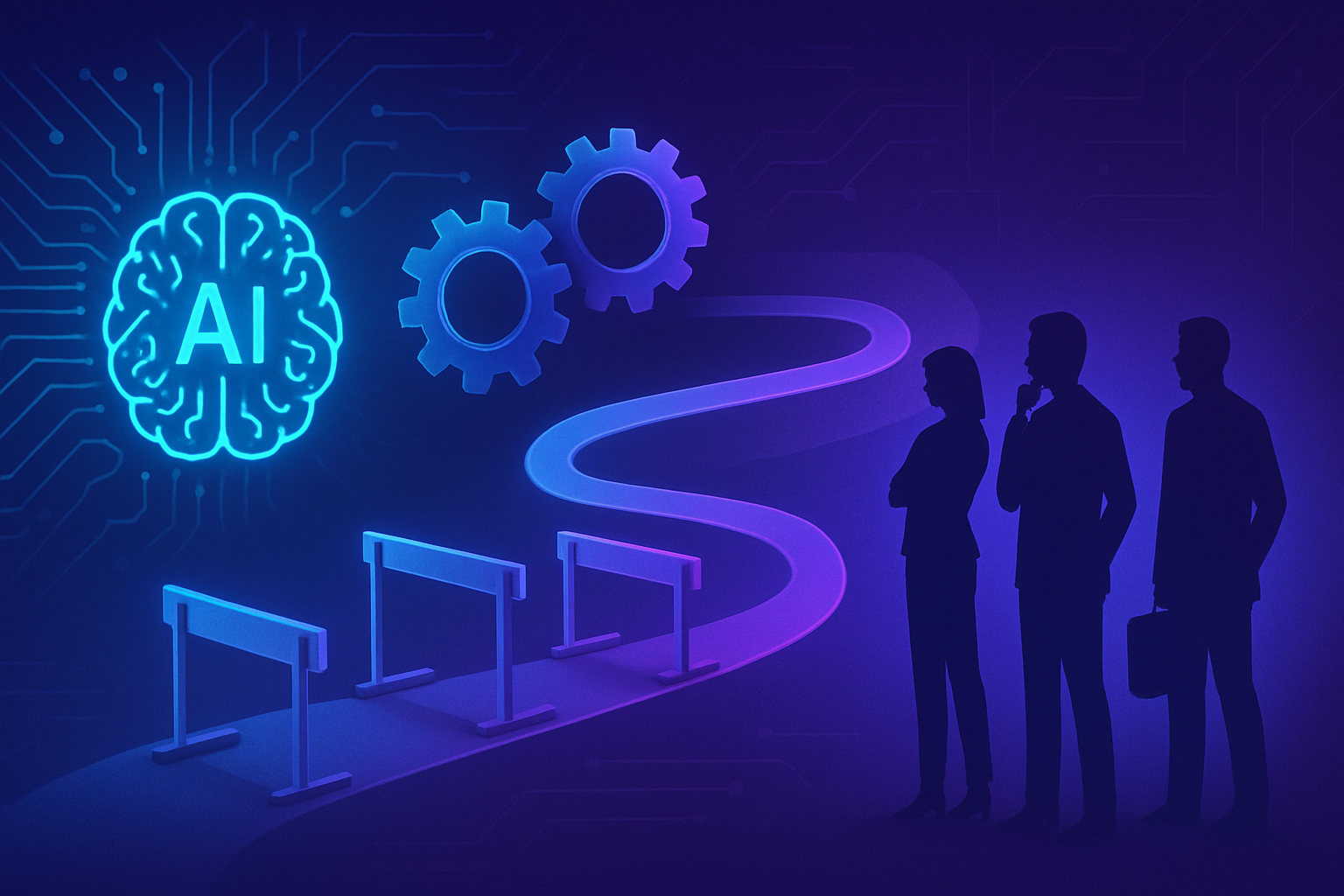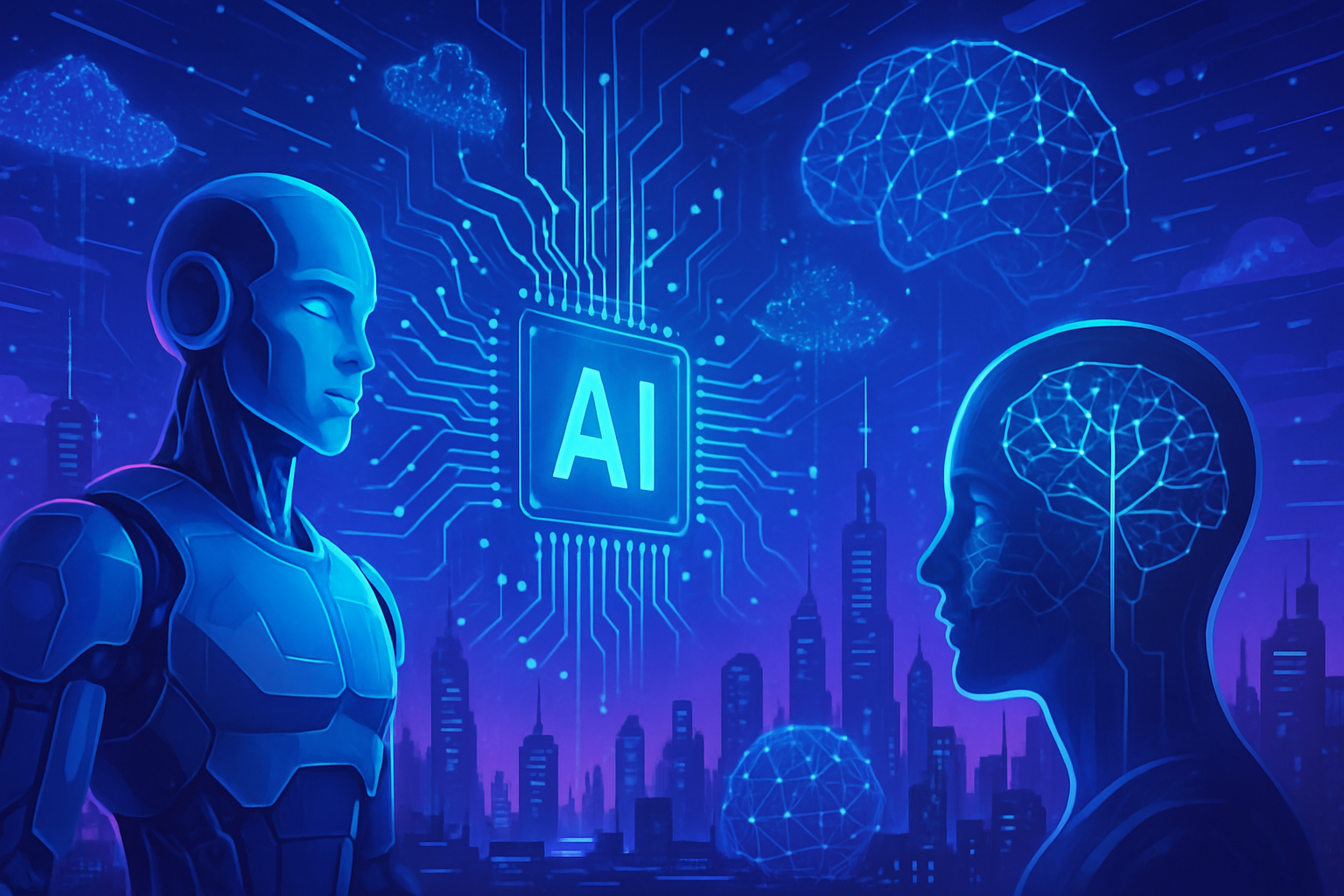Identifying the boundary between authenticity and artifice is both fascinating and concerning. The advancements of artificial intelligence are redefining our perception of reality, blurring the traditional markers of truth. Knowing the keys to distinguish authentic creations from generated videos is essential in a saturated digital landscape. The stakes regarding image manipulation can profoundly influence public opinion. New technologies offer incredible potential, but they also come with undeniable risks. Reacting promptly to this delicate issue becomes inevitable.
Distinction between authentic videos and AI-generated creations
The rise of artificial intelligence (AI) video generation technologies raises many questions about the nature of authenticity. Tools like Google’s Veo 3 illustrate this evolution, providing visual outputs of exceptional quality, making it difficult to identify their origin. This new paradigm requires rigorous methods to differentiate between real content and machine-generated content.
Visual analysis of video content
Carefully observing the visual details of videos is crucial. AI-generated videos may exhibit unnatural artifacts, such as anomalies in movement or inconsistencies in shadows. Computer-generated images sometimes struggle to reproduce the subtleties of realistic light and texture. Taking the time to scrutinize these elements helps establish whether the video is an AI product or an authentic capture.
Sound and narrative elements
Sound components also provide valuable clues. Artificially generated voices often fail to reproduce the emotional nuances of human voices. Dialogues may sound mechanical or lack fluidity. Close listening allows for the detection of these latencies, adding a layer of verification to the perceived authenticity of the content. Subtitles may also reveal inconsistencies with the visual speech, a significant point of analysis.
Context of video emergence
It is essential to examine the context in which a video was published. Authentic videos are often associated with a clear creation context, with references and credits. When no source or attribution information is available, the likelihood that the content was generated by AI increases. Reverse image search tools can also assist in identifying sources or previous publications.
Use of identification tools
Using dedicated media analysis tools offers tangible support in distinguishing between real and generated content. Sophisticated algorithms, such as those proposed to combat misinformation, allow for visual authenticity verification. Several platforms are developing algorithms to analyze videos and flag suspicious elements, thus facilitating the identification process.
Impact on information and culture
The proliferation of AI-generated videos raises ethical and trust issues towards media. The veracity of content influences public perceptions and affects how information is consumed. Media professionals must engage in educating the public about identification methods, thereby reinforcing vigilance towards potentially misleading content. The challenge is now at everyone’s fingertips, requiring heightened awareness.
Conclusion on preserving truthfulness
Standing firm in the face of increasing artificial content requires a collective commitment. Awareness and education will continue to play a key role in preserving the truthfulness of information. User involvement is essential, as everyone must be equipped to differentiate reality from digital artifice. Discussions around the validity of authenticity lie at the heart of contemporary debates, impacting how we interact with the audiovisual world.
Frequently asked questions about the distinction between authentic videos and AI-generated artificial creations
What are the main differences between an authentic video and an AI-generated video?
Authentic videos exhibit tangible elements, such as natural human interactions, human mistakes, or unexpected scenes. In contrast, AI-generated videos tend to be more structured and may lack these imperfections, sometimes offering an unrealistically perfect realism.
How can I tell if a video was generated by artificial intelligence?
You should pay attention to details such as fluidity of movement, visual inconsistencies, or dialogues that seem artificial. A lack of emotion or spontaneous reactions from characters can also indicate an AI-generated video.
Are there effective tools to detect AI-generated videos?
Yes, several online tools and detection software are available. These tools analyze video metadata, graphical rendering, and other characteristics to determine if a video might have been created by AI.
Can AI-created videos be entirely realistic?
Yes, technological advancements have allowed some AI-generated videos to achieve a high degree of realism, which complicates their distinction. However, subtle errors may still be perceptible to a keen eye.
What warning signs can I look for when watching a video?
Look for elements such as jerky movements, unnatural transitions, inappropriate facial expressions, or audio and video sync errors. These details may indicate that a video has been generated by AI.
How can AI-generated videos be used ethically?
AI-generated videos should be used transparently, revealing that they are artificial. This helps avoid misinformation and ensures the protection of copyright, especially in contexts where authenticity is crucial.
Why is it important to distinguish between real videos and AI-generated videos?
Making the distinction is essential to prevent misinformation, understand cultural and societal influences, and protect the credibility of content. It also helps the public remain critical of the information consumed.

